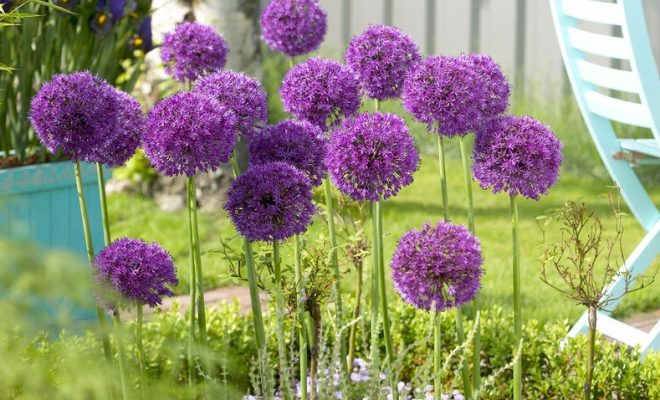Best Light Conditions For Orchids That Guarantee It Will Bloom Year After Year

Orchids are among the most beautiful and exotic flowers, coveted by plant enthusiasts for their striking appearances and enchanting scents. Ensuring that your orchids bloom year after year requires understanding and implementing the best light conditions, as inadequate lighting is one of the common reasons these plants fail to flower. To cultivate a thriving orchid rich in blossoms, here’s what you need to know.
Firstly, it’s crucial to match the lighting conditions to the type of orchid you have. Different species have varying light requirements ranging from low to high intensity. For instance, Phalaenopsis orchids thrive in low light, while Cattleyas and Vandas require much more intense light.
Bright, indirect sunlight is the gold standard for most orchids. Direct sunlight can scorch their leaves, whereas too little light may lead to a lack of blooms. Place your orchid near an east-facing window where it can soak up gentle morning rays and avoid the harsher afternoon sun found in south or west-facing windows.
Duration also plays a part; ideally, supply 12 to 14 hours of light daily. If natural sunlight is lacking, especially during winter months when daylight hours are shorter, consider supplementing with artificial grow lights. Full-spectrum LED lights are highly recommended as they provide a balance of cool and warm wavelengths necessary for healthy growth and flowering.
Observing your orchid’s leaves can give clues about their light intake. Leaves should be a bright green color indicating proper light exposure. Dark green leaves may suggest that the plant isn’t receiving enough light, while reddish leaves can signal too much direct sun.
As your orchid nears its blooming cycle, usually once temperatures cool down after summer, maintaining ideal light conditions becomes even more critical for flower development. Ensure that any changes in placement or lighting intensity are performed gradually; swift changes can stress the plant.
In conclusion, mimicking an orchid’s natural environment is key—aim for dappled sunlight that mimics the canopy cover of their native tropical habitats. With careful attention to these lighting guidelines and consistent care practices, you’ll be rewarded with a spectacular floral display from your orchids year after year.






